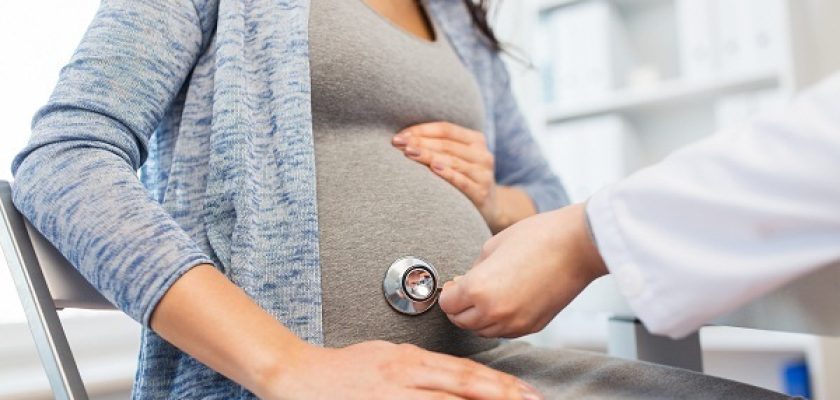Technology and Preeclampsia: Are we Lacking Somewhere?
- Posted on January 8, 2020
- By Happy Kumari
- Read 3 minutes

It is estimated that preeclampsia and related hypertensive disorders leads to more than 75,000 maternal and about 450,000 newborn deaths annually all over the world. An article published in Nature’s Journal revealed that preeclampsia is a poorly understood disorder and affects about 5-8 % of all pregnant women worldwide.
An estimate suggests that preeclampsia kills more than 60,000 women per annum in developing countries such as in sub-Saharan Africa, India, China, etc because the treatment and management of preeclampsia is extremely poor in these developing nations.
Predicting Technological Advancements for Preeclampsia
Some researchers have found a way to diagnose preeclampsia with the help of smart phone and an application developed by Purdue University. Technology is reaching far to treat women with preeclampsia and to avoid premature births.
The application is fed or installed in a smart phone and an accelerometer on the belly with a blood pressure cuff on the wrist is connected to the smart phone to calculate the differences in the diastolic pressure during preeclampsia. This is a wearable prediction device which has the potential to measure blood pressure of a pregnant woman and diagnose whether or not she is or she will suffer from preeclampsia.
The application assesses blood flow through the kidney and predicts the blood pressure in the body. The efficacy of the application is supposed to be about 90% accurate.
This technique will be helpful in reducing the total number of undiagnosed cases of preeclampsia if proven effective. The application is still going through clinical trials. Researchers revealed that pregnant women in rural and under-served areas of Indianapolis, United States, will be tested first with this technology.
Another study reveals that preeclampsia occurs due to interference of sFlt1 protein in kidney functioning. Therefore, researchers are trying to create an RNA-based therapeutic strategy to reduce the production of sFlt1. This is supposed to reduce the death rate to about 35%.
Several pieces of research mentioned that if high risk pregnancies are detected early with the help of new technologies, then using low-dose acetylsalicylic acid can create a moderate preventive effect after the first trimester in the pregnant women.
Why Are We Still Not Able to Treat or Prevent Preeclampsia?
Advancing technology can be beneficial for every individual to predict, prevent and also treat any disorder. Preeclampsia is one such serious disorder for which new treatments are being developed. Several studies are being conducted to find a way to reduce the risk or to prevent preeclampsia. Doctors believe that there is no cure (till date) to prevent it.
In preeclampsia, the blood pressure shoots high and large amounts of protein are leaked in the urine. Therefore, lowering the blood pressure is the only preventive measure for preeclampsia. Several researchers predict that preeclampsia can never be cured because the exact mechanism of the disorder and how it exaggerates in the body” is yet unknown.
A survey in the United States estimated that preeclampsia is becoming a leading cause of neonatal and maternal illness and deaths as the rate of preeclampsia has increased to about 20% in last 20 years. Several studies on preeclampsia patients have revealed that there can be various causes of preeclampsia such as over-expression of Urotensin II during pregnancy which can cause placental autophagy, lack of required amount of oxygen to the fetus due to cardiac complications in the mother, etc.
The point where we lack is that the exact cause of preeclampsia cannot be detected in the mother and therefore, no accurate treatment can be provided to, both – mother and the child. Even after strong technology evolution and brilliant pieces of research in this field, curing preeclampsia still remains a question.
Researchers will have to find a measure to detect the main cause of preeclampsia to treat it well on time instead to just preventing it.
